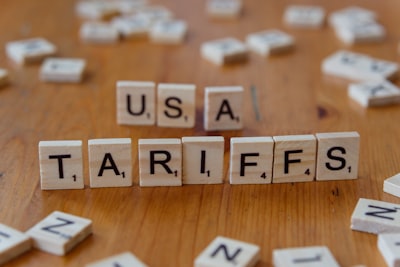When global behemoths like Nike sound the alarm, the world should pay attention. Nike’s assertion that Trump-imposed tariffs could cost the company $1 billion is far more than mere corporate lobbying—it’s a stark window into the hidden costs of protectionism and escalating trade disputes.
Tariffs in the Crosshairs: Tariffs are often sold as patriotic economic medicine, meant to revive domestic industries and curb deficits. But what does it actually mean for a company like Nike—America’s signature sportswear brand—to call out a billion-dollar hit? For Nike, which sources the vast majority of its products from abroad (primarily China and Southeast Asia), increased tariffs translate to higher costs on everything from sneakers to sportswear. Those costs ripple out, ultimately reaching the consumer’s wallet.
Controversy and Dilemmas: The policy intent is to encourage companies to produce more in the U.S., creating jobs at home. Yet, the reality is nuanced. For multinationals with globally entangled supply chains, sudden tariff spikes create chaos: profit predictions are upended, production timelines are disrupted, and layoffs or price hikes become imminent. While some US manufacturers may gain a short-term competitive edge, innovative sectors that rely on intricate global value chains—apparel, electronics, and even some high-tech—bear the brunt.
| Pros (of tariffs) | Cons (of tariffs) |
|---|---|
| Protect fledgling industries | Raise consumer prices |
| Encourage local jobs | Disrupt global supply chains |
| Reduce trade deficits | Invites retaliatory tariffs |
| Foster national security | Threaten innovation, efficiency |
Broader Context: Nike’s $1 billion warning isn’t an isolated corporate interest. A coalition of over 200 footwear companies, including Adidas and Under Armour, echoed the concern, highlighting that tariffs act as a regressive tax on American families—the average cost of a children’s sneaker could jump by 20%. Meanwhile, small businesses, unlike Nike, lack the resources to absorb or adapt to such shocks. All this unfolds against a backdrop of growing economic nationalism and global uncertainty.
A Bigger Trend: Trade wars, once theoretical threats, are now boardroom realities and shopping aisle pain points. Multinationals are actively rethinking supply chains, exploring alternate sourcing in Vietnam, Indonesia, or even automation. But these transitions are complex and costly.
A Final Thought: If tariffs are meant to level the playing field, they don’t do so painlessly. Nike’s billion-dollar projection is a powerful reminder that the bills for protectionism ultimately land in consumer hands, threatening to slow economic growth and innovation. As trade policy debate heats up in an election year, the real costs—and who pays them—are questions Americans can’t afford to ignore.
This article was inspired by the headline: 'Trump tariffs will cost us $1bn, says Nike'.

Comments
No comments yet. Be the first to comment!